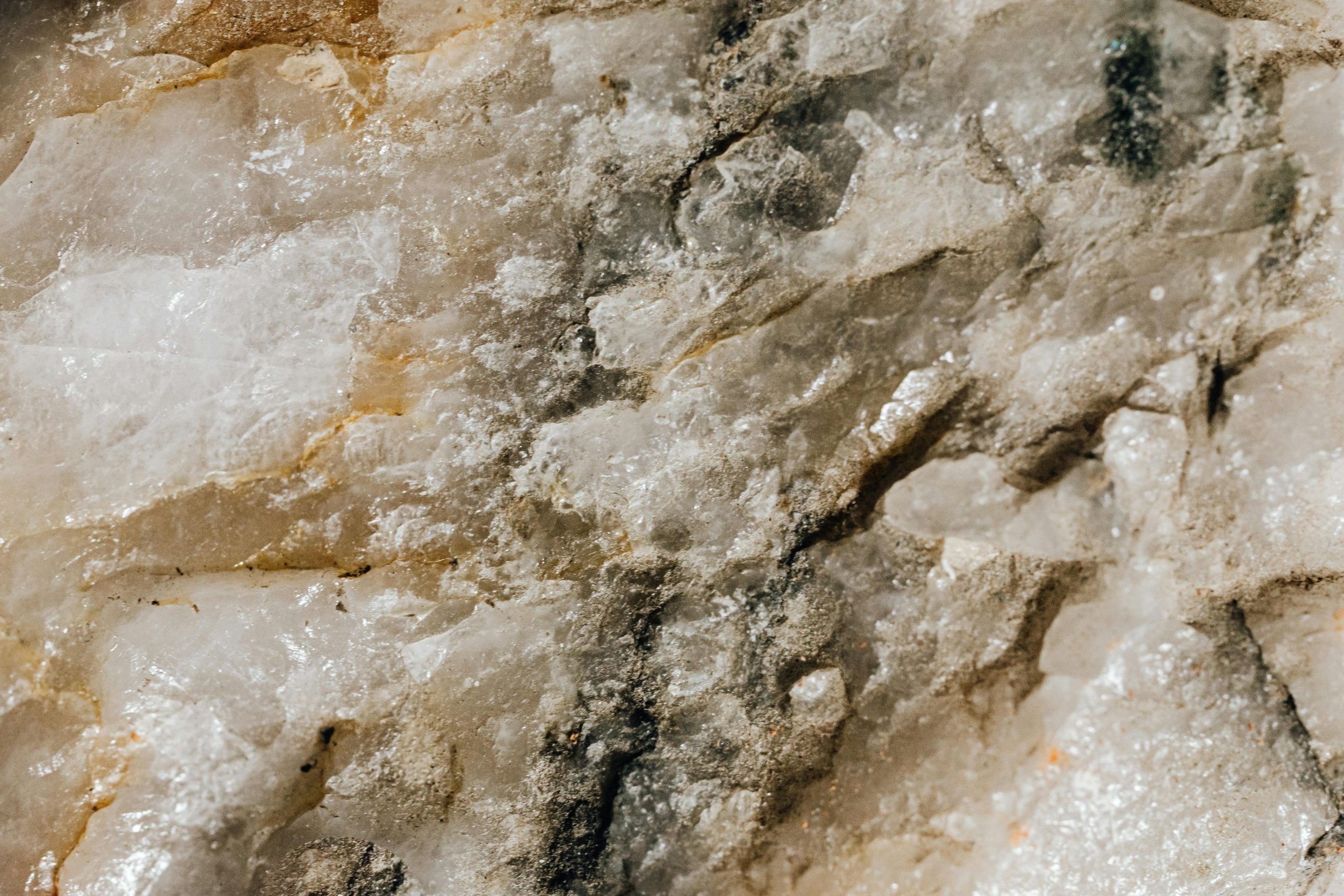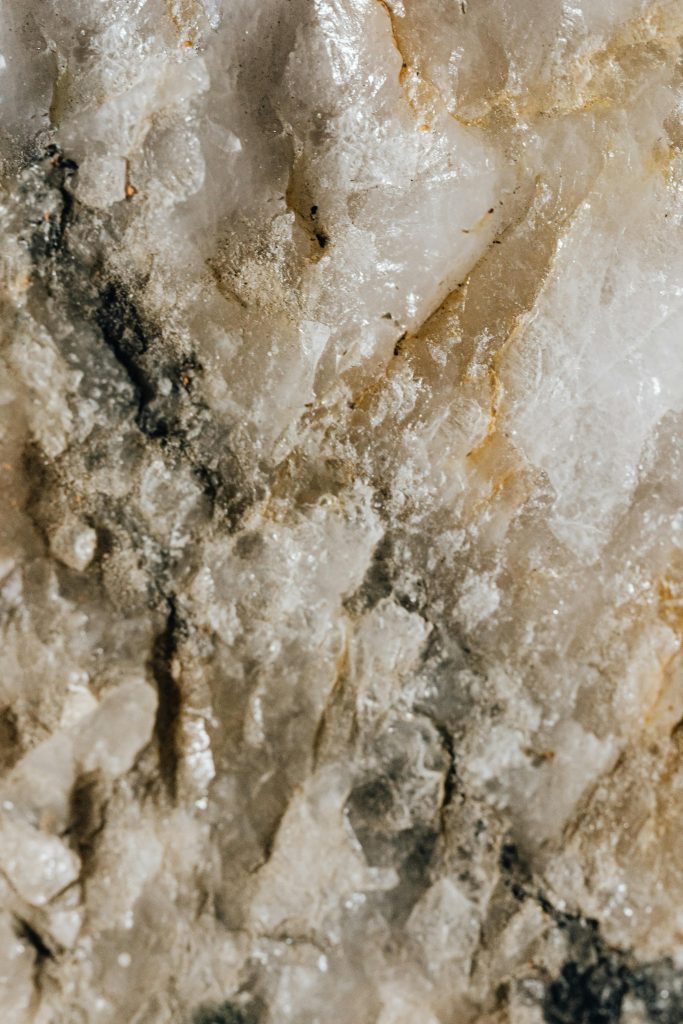
Wine lovers tend to go down rabbit holes. One minute you’re sipping a Sauvignon Blanc, and the next, you’re researching why certain vineyards talk so much about the rocks in their soil. If you’ve stumbled upon the term “Quartz Wine” and found yourself scratching your head, you’re not alone. It’s one of those phrases that pop up in wine circles, on Google Trends, or maybe even on a fancy label, and makes you wonder: is this a new grape variety? A trendy wine style? Some sort of crystal-infused concoction?
Let’s look into quartz wine—what it is, why it’s worth knowing about, and how this glittering mineral actually impacts the wine in your glass.
What Exactly Is Quartz Wine?
“Quartz Wine” isn’t a defined wine type like Merlot or Chardonnay. Instead, it’s a term that refers to wines grown in vineyards where the soil contains a high concentration of quartz.
Quartz is a hard, crystalline mineral made of silicon and oxygen. It’s one of the most abundant minerals on Earth and can be found in all sorts of rock formations. In viticulture, its presence in soil is more than just geological trivia—it shapes how vines grow, how grapes ripen, and ultimately, how a wine tastes.
So, when a wine is described as a “quartz wine,” it’s shorthand for saying, “This wine comes from a vineyard with quartz-rich soil, and that matters.”

Quartz vs. Quarz: Let’s Clear That Up
If you’ve seen both “Quartz” and “Quarz” floating around, here’s the deal:
- Quartz (with a “t”) is the English spelling.
- Quarz (with a “z”) is the German spelling.
You might spot “Quarz” on bottles from German-speaking regions like the Mosel or Alto Adige in northern Italy, where German is commonly used. It’s the same mineral—just a language thing.
Why Does Quartz Matter in Wine?
It all comes down to terroir, that magical French word that means “a sense of place.” (We’ve written more about that here.)
Quartz-rich soils have some unique properties:
- Reflectivity: Quartz reflects sunlight back toward the vines, which can help grapes ripen more evenly.
- Drainage: These soils are often well-draining, meaning roots don’t sit in water. That encourages deep root growth and limits excessive vigor.
- Minerality: Wines from quartz-heavy soils often have a distinctive mineral character—think flint, wet stone, or even a salty tang.
Some winemakers believe quartz adds precision and purity to the wine. It’s a subtle influence, but for the trained palate, it’s there.
Quartz in Structure and Energy: A Curious Crossover?
Quartz is more than just a rock. It’s often used in construction to strengthen materials and in holistic practices to “amplify energy” or restore structure. While we’re not here to talk about crystal healing, it’s interesting to note that some biodynamic wine producers are intrigued by quartz’s energetic properties.
In biodynamic farming (which goes beyond organic methods), preparations involving ground quartz are sometimes used to “enhance light reception” in vines. Skeptical? Sure. But in the world of wine, passion and belief go a long way.
Whether or not there’s a measurable energetic impact, the physical structure of quartz in soil does help with light reflection, heat regulation, and vine balance.
Wines with Quartz Pedigree
Here are a few notable examples of wines that proudly wear their quartz heritage:
| Wine | Region | Grape | Quartz Connection |
|---|---|---|---|
| Quarz Sauvignon Blanc | Alto Adige, Italy | Sauvignon Blanc | Grown in quartz porphyry soils. Known for minerality and herbal brightness. |
| Quartz Acorn Pinot Noir | Oregon, USA | Pinot Noir | From Quartz Acorn Vineyard, noted for its rocky soils and bold structure. |
| Chénas “Quartz” | Beaujolais, France | Gamay | Named after quartz crystals in the vineyard, adding finesse and floral notes. |
| Green Quartz Sauvignon Blanc | Casablanca Valley, Chile | Sauvignon Blanc | Vibrant and textured, grown in quartz-influenced soils. |
These wines vary in grape and region, but they share a certain clarity and tension that fans often describe as “mineral energy.”

What Quartz Wines Taste Like
Quartz doesn’t add flavor like oak barrels do, but it contributes to a wine’s texture and structure. Here’s what you might notice in a quartz-grown wine:
- Bright acidity
- Crisp, clean finish
- Mineral notes (flint, chalk, wet stone)
- Precision and linearity on the palate
- Slight saltiness or saline edge
Of course, these qualities also depend on grape variety, climate, and winemaking choices. But the quartz soil plays its subtle part.
Not Just White Wines
It’s easy to associate minerality with white wines, especially crisp Sauvignon Blancs or dry Rieslings. But don’t count out reds. Pinot Noir and Gamay can also reflect quartz-driven terroir, offering elegance, floral aromas, and delicate earthiness.
In fact, you can read about one legendary quartz-rich Riesling region in our post on Discovering the Loreley.

Quartz Wine: A Growing Trend?
Why is “Quartz Wine” trending? Likely because drinkers are getting more curious about where their wine comes from. As wine drinkers move beyond grape varieties and into deeper territory, soil types become fascinating. Add in a little sparkle and mystery (hello, quartz!), and you’ve got a conversation starter.
Wineries have picked up on this and are using quartz-rich terroir as a branding element. It’s not a gimmick—it’s a nod to a deeper connection with the land.
A Quick Recap (Because Lists Are Fun)
5 Reasons Quartz Soils Are Special in Winemaking:
- Reflect sunlight to help grape ripening
- Offer excellent drainage
- Encourage deep root growth
- Add minerality and structure to wine
- Have symbolic and energetic appeal
Final Sip
“Quartz wine” isn’t about crystals floating in your glass (thank goodness). It’s about the quiet influence of geology on flavor. The mineral under your feet can shape the wine in your glass, sometimes in subtle, sometimes in stunning ways.
So the next time you see a wine labeled “Quartz” or “Quarz,” you’ll know it’s more than a pretty word. It’s a peek into the soil, the sunlight, and the soul of the vineyard.